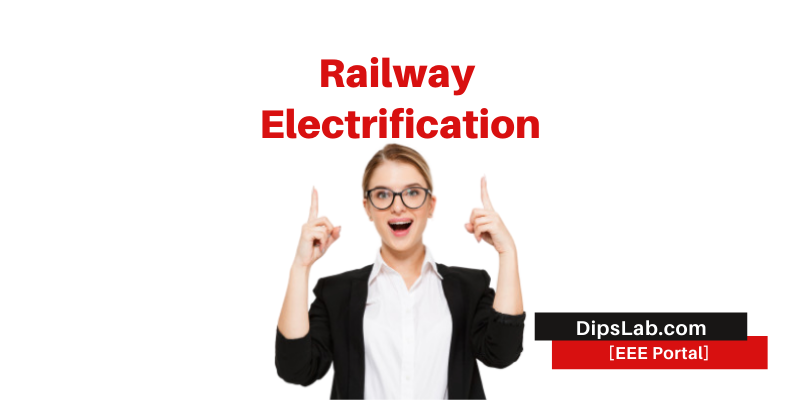
In earlier electric and diesel locomotives article, we have studied the basic concept of both locomotives and comparisons between those two locomotives.
In this article, I am listing the main and important parts of an electric locomotive or engine.
Electric Locomotive Engine Parts | Electrical Equipments
As considering power sources, switchgear, power transmission, and storing devices, there are different types of electrical equipment inbuilt inside the electric train.
- Pantograph
- Transformer
- Compressor
- Line Breaker
- Circuit breaker
- Contactor
- Electromechnical relay
(Bucholz relay, Earth fault relay, Notching relay, No-Volt relay, Ground relay, Overload relay, Wheelspin relay, and other types.) - Insulator
- Shoegear
- Tap changer
- Battery
- Rectifier
- Inverter
- Converter (DC to DC)
- DC Link
- Grid
- Cooling fan
- Traction (AC or DC) motor
- Motor blower
- Camshaft
- Creep control
- Chopper control
- Master controller
- Coupler
- Thyristor
- Transistor
- Gate turn off (GTO) thyristor
- Insulated-gate bipolar transistor (IGBT)
- Axle brush
- Trolley pole
- Bumpers
All the above parts of the electric engine or train are widely used in India. Each electronic device has specific features, functions, working roles, and uses.
So, in an upcoming article, I will try to describe each part of the railway engine with their specifications.
Any queries? Write me in the comment.
Read more related articles:
- Electric Motor vs Generator
- Alternator vs Generator
- Core Transformer vs Shell Transformer
- Overhead Lines Components
- Transmission Line vs Distribution Line
- Synchronous Motor vs Induction Motor
- Overhead Line vs Underground Cable
Thanks for Reading!